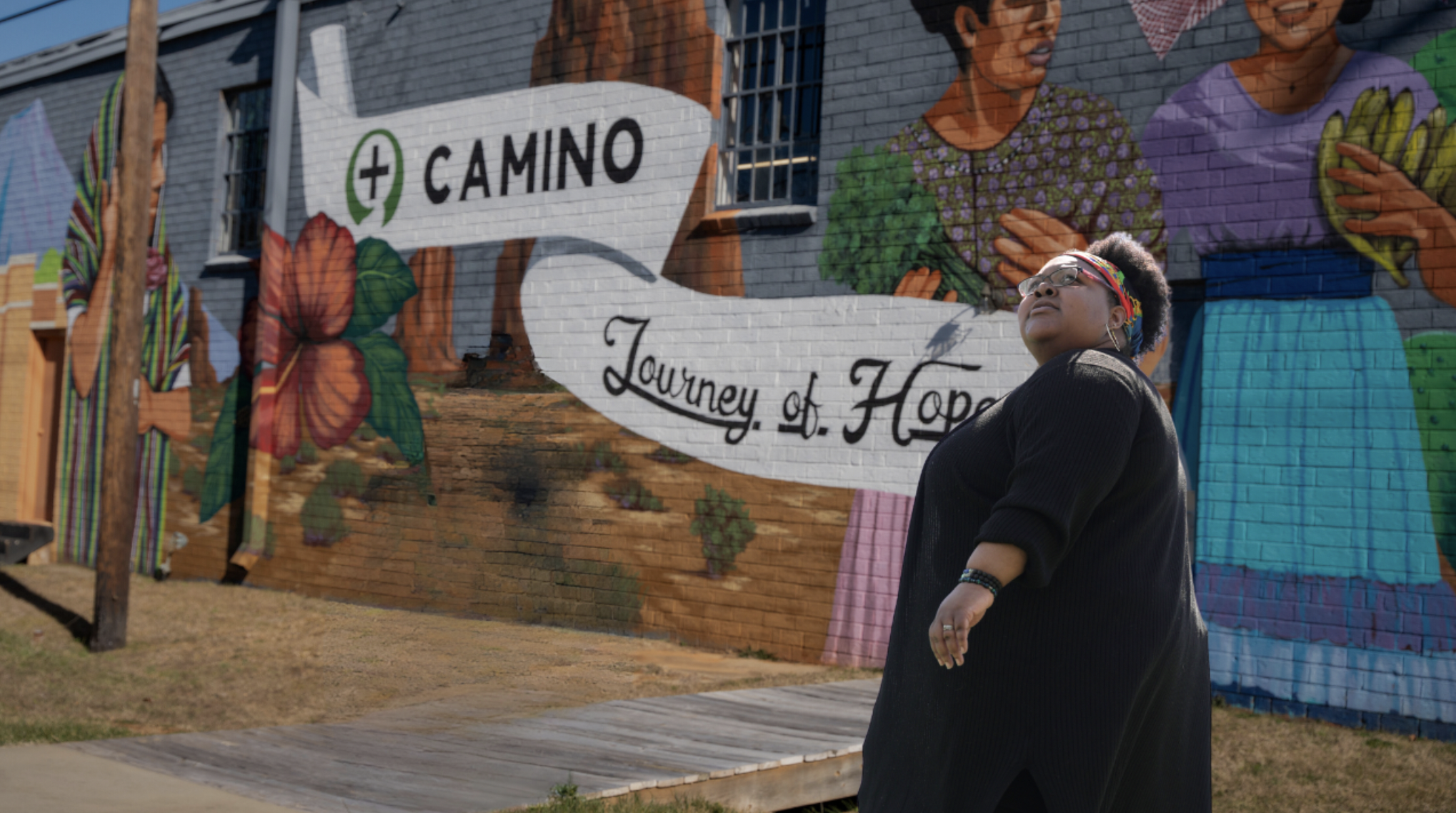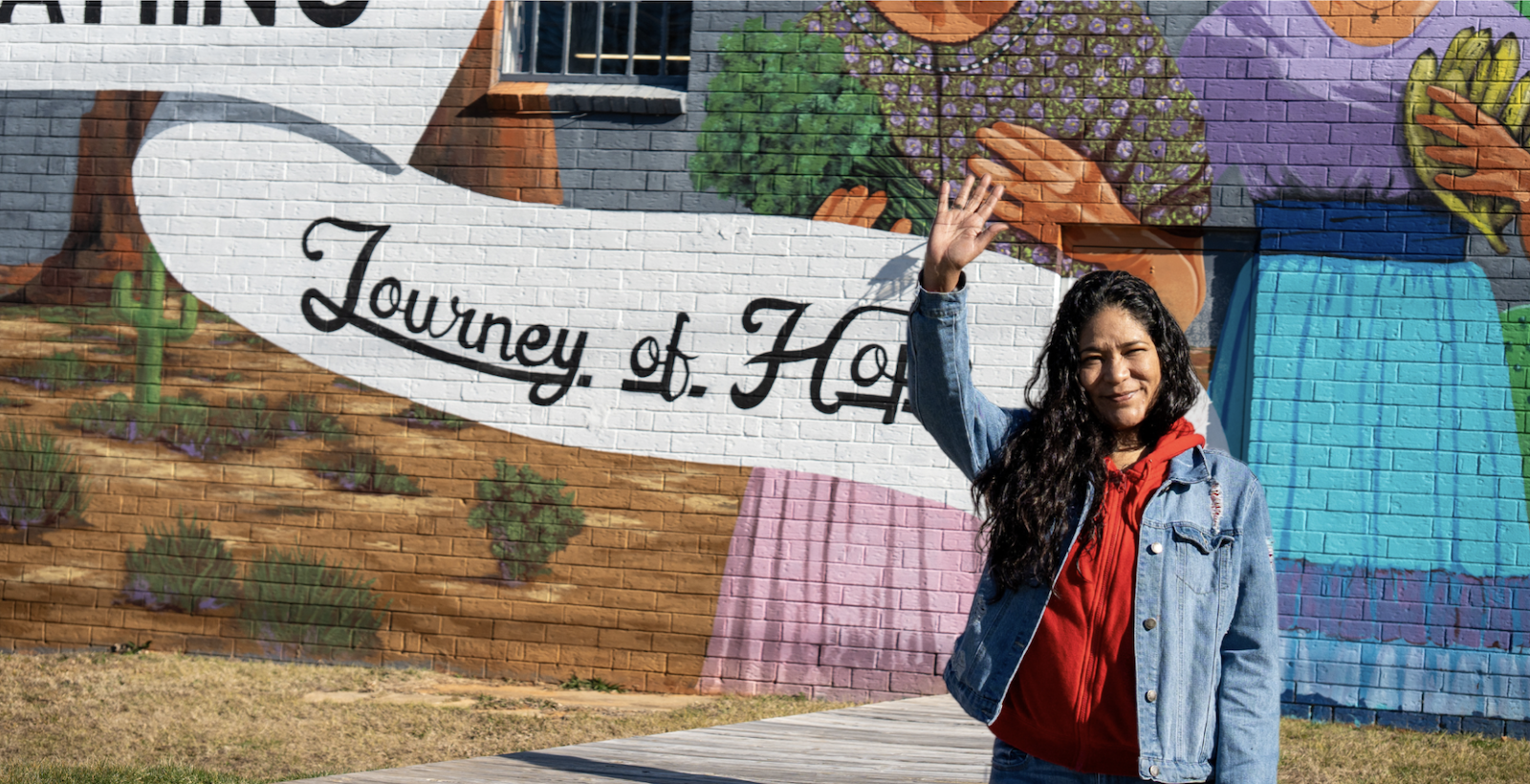As Earth Day approaches, we come together to celebrate our planet, honor its beauty, and take action toward environmental consciousness, promoting sustainability for a better tomorrow. With the alarming rise of environmental crises within the fashion industry, it’s important to consider our individual roles in preserving our planet and addressing these problems. Throughout this blog, we will explore the environmental harm behind the fashion industry, uncover thrifting as a solution and discover some surprising ways shopping second-hand reduces your carbon footprint. Join us as we begin to answer the question, “How much does it cost to save the Earth?”
The Harmful Impact of the Fashion Industry
Several aspects of the fashion industry are becoming increasingly detrimental to our planet. Fast fashion companies are notorious for their rapid production cycles, encouraging overconsumption and leading to massive amounts of pollution and waste. Their focus on cheap, disposable clothing amplifies the industry’s environmental impact. Check out this article by Rashmila Maiti to read more about fast fashion and its effects on the environment.
Additionally, corporate organizations across the fashion supply chain often prioritize profit over sustainability, leading to practices such as overproduction, reliance on synthetic fibers, and insufficient recycling efforts. These companies operate with little transparency and accountability regarding their environmental impact, exacerbating the industry’s negative effects on the environment. While there are endless reasons to thrift, it’s incredibly rewarding to know how exactly thrifting promotes sustainability. Therefore, we’ve provided five surprising ways thrifting reduces your carbon footprint:
Thankfully, thrifting emerges as a fun yet impactful solution—one that’s not only accessible but sustainable. Camino’s thrift store, The WearHouse, stands as the #1 rated thrift store in the Charlotte area, exemplifying the perfect starting point for forging a greener future. Now that we know what fast fashion is and its harm to the environment, let’s talk about thrifting and how it can reduce your carbon footprint.
What is Thrifting?
Thrifting is simply the practice of shopping for second-hand items, including clothing, furniture, and home goods. What makes thrifting truly special is the exclusive space it provides to discover hidden treasures at unbeatable prices. The diversity of items and constantly refreshed selections emphasize that thrifting isn’t just about scoring deals; it’s about embracing a sustainable lifestyle.
What sets The WearHouse apart is its dual mission to not only help you elevate your fashion game at affordable prices but also to make a meaningful impact on the community. By shopping at TheWearHouse, you’re not just reducing your carbon footprint but directly supporting the community, as all proceeds go toward Camino’s programs and services. By thrifting at second-hand stores like The WearHouse, you are not only saving your bank account but giving back to the community and also the planet.
Five Ways Thrifting Reduces Your Carbon Footprint :
While there are endless reasons to thrift, it’s incredibly rewarding to know how exactly thrifting promotes sustainability. Therefore, we’ve provided five surprising ways thrifting reduces your carbon footprint:
1. It Extends the Lifespan of Items: When you thrift, you’re not just purchasing items but giving them a second chance at life. By extending the lifespan of clothing, furniture, and other goods, you decrease the likelihood that they’ll end up in a landfill. This practice not only reduces waste but also conserves resources. It’s like giving a new lease of life to these items and, in turn, to our planet.
2. It Reduces the Demand for New Production: Every time you thrift, it reduces the demand for the constant production of new goods. This decrease translates to lower energy consumption, fewer raw materials harvested, and decreased greenhouse gas emissions associated with the manufacturing and delivery process. By breaking the cycle of fast fashion and consumerism, thrifting helps alleviate the harmful impact of mass production on the environment.
3. It Reduces the Cost of Natural Resources: When you shop at a thrift store instead of fast fashion, it reduces the cost of our planet’s natural resources. For example, it takes 400 gallons of water to make just one cotton t-shirt. This is approximately the amount of water used daily by the average U.S. family of four. If every consumer bought just one second-hand garment instead of a new one, it would save some 23 billion gallons of water. Refer to the graphic below to see the cost of shopping fast fashion as opposed to thrifting.

As you can see, an outfit at The WearHouse costs just $15. With this affordable price, you’re not only boosting your wardrobe without breaking the bank but also conserving 4,457 gallons of water. By reducing water usage, we reduce greenhouse gas emissions while simultaneously allocating this water to better sustain our planet.
4. It Promotes Lower Carbon Emissions and Waste: Thrifting promotes both minimal packaging waste and lower carbon emissions. Unlike items purchased from traditional retailers, thrifted goods often come with minimal to no packaging, reducing the amount of garbage in landfills and our oceans. Additionally, thrifted items have already made their journey from production to distribution, meaning there’s no additional carbon footprint associated with shipping or excess packaging material. By choosing pre-loved goods, you’re effectively reducing the carbon emissions linked to transportation and making a significant impact on combating climate change.
5. It Encourages Repurposing and Upcycling: Thrifting encourages creativity and resourcefulness, inspiring individuals to repurpose and upcycle items in new and innovative ways. From transforming old clothing into trendy DIY projects to refurbishing furniture for a fresh look, thrifting fosters a culture of reuse, reinvention, and more creative minds. This not only reduces waste but also promotes a more mindful and sustainable approach to consumerism.
The Bottom Line
As we prepare to celebrate Earth Day, it’s important to reflect on our individual impact on the planet and consider practical steps toward sustainability. Thrifting emerges as a powerful and exciting solution to combat the harmful effects of the fashion industry.
Now that you know the cost of saving the Earth, there is no better place to start your thrifting journey than at The WearHouse! With every purchase, you’re extending the lifespan of items, reducing the demand for overproduction, minimizing waste, and optimizing resource allocation.
As we navigate our shopping habits, let’s embrace thrifting as not just a trend but a lifestyle—a tangible way to save both our bank accounts and the earth. Together, through conscious consumption and community support, we can pave the way for a brighter, more sustainable future. Join us at The WearHouse at 123 Stetson Drive, and let’s make every purchase count! Happy Earth Day!










